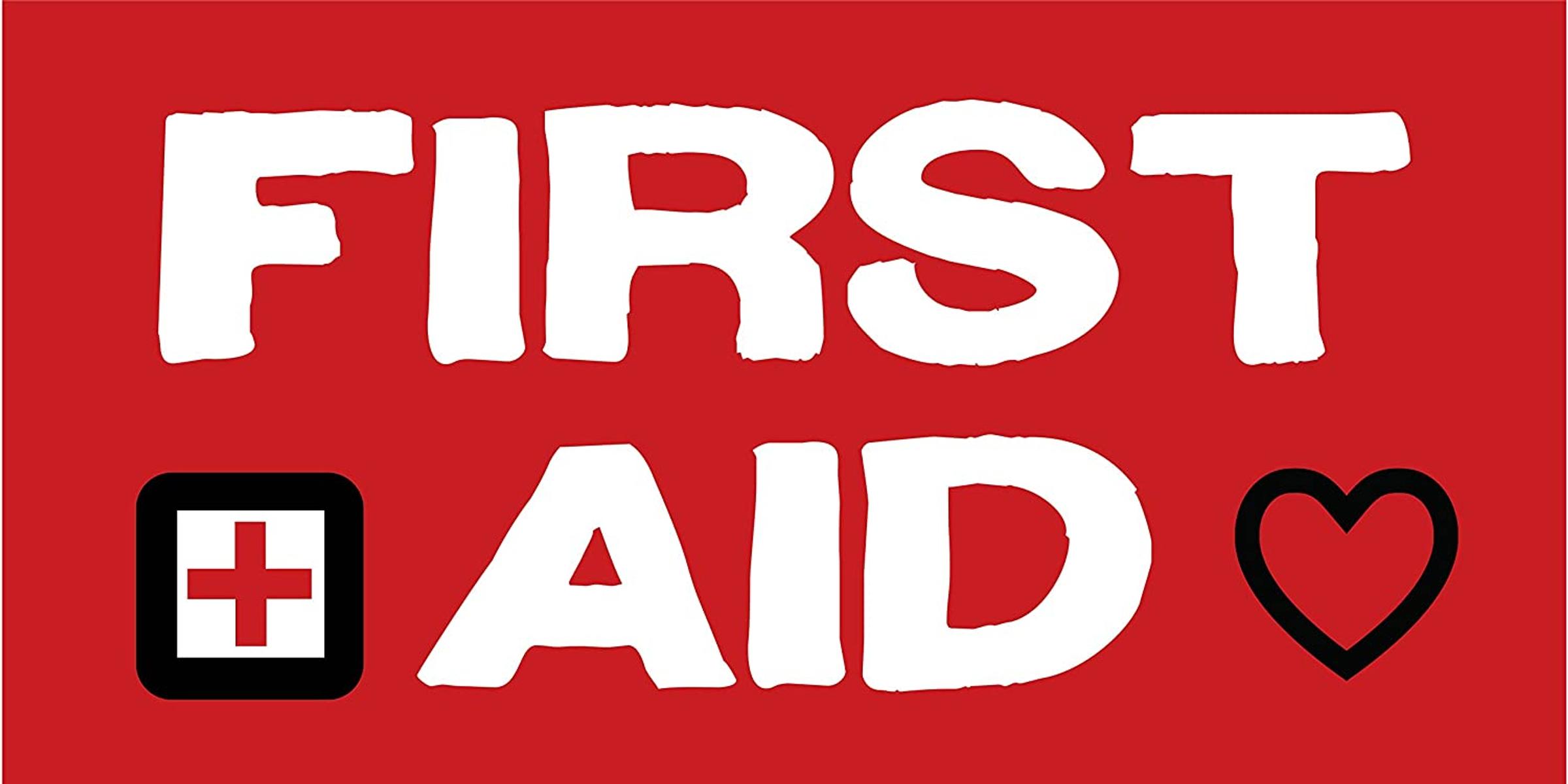Safety & First Aid News

A reminder that we are coming in to the winter season and RSV, COVID and Influenza A and B are on the rise.
What are the symptoms of RSV?
Most people only get mild symptoms. Symptoms usually begin around 2 to 8 days after exposure to the virus.
Symptoms can include:
- runny nose
- cough
- wheeze
- difficulty breathing
- fever.
RSV can lead to serious chest infections. When RSV causes bronchiolitis or pneumonia the severe breathing problems may need treatment in hospital.
RSV in childhood can also lead to long term respiratory problems such as asthma that persist into adulthood.
How is RSV spread?
RSV is very infectious. This means it spreads easily from one person to another. People are most infectious when they have symptoms.
RSV is spread in droplets. These droplets get into the air or on a surface when an infected person talks, coughs or sneezes.
You can get RSV if you:
- breathe in the droplets from an infected person
- touch a surface or object that droplets from an infected person have landed on and then touch your mouth, eyes or nose.
If you suspect your child may have RSV, it is important that they are kept home to limit the spread across the students in our school.
